37 mm automatic air defense gun M1939 (61-K)
The 37 mm automatic air defense gun M1939 (61-K) (Russian: 37-мм автоматическая зенитная пушка образца 1939 года (61-К)) is a Soviet 37 mm calibre anti-aircraft gun developed during the late 1930s and used during World War II. The land-based version was replaced in Soviet service by the AZP S-60 during the 1950s. Guns of this type were successfully used throughout the Eastern Front against dive bombers and other low- and medium-altitude targets. It also had some usefulness against lightly armoured ground targets. Crews of the 37 mm AD guns shot down 14,657 Axis planes.[4] The mean quantity of 37 mm ammunition to shoot down one enemy plane was 905 rounds.[4]
| 37 mm automatic air defense gun M1939 (61-K) | |
|---|---|
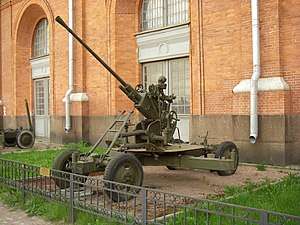 61-K in Saint Petersburg Artillery Museum. | |
| Type | Anti-aircraft gun Autocannon |
| Place of origin | Soviet Union |
| Service history | |
| Used by | See Users |
| Wars | World War II First Indochina War Korean War Vietnam War Laotian Civil War Cambodian Civil War Cambodian–Vietnamese War Somali Civil War South African Border War Syrian Civil War[1] Yemeni Civil War (2015–present) Saudi Arabian-led intervention in Yemen |
| Production history | |
| Produced | 1937–1945 (USSR) |
| No. built | 20,000 (USSR) |
| Specifications | |
| Mass | 2,100 kg (4,600 lb) |
| Barrel length | 2.7 m (8 ft 10 in) L/67[2] |
| Crew | 8[3] |
| Shell | Fixed QF 37×250 mmR |
| Shell weight | .8 kg (1 lb 12 oz) |
| Caliber | 37 mm (1.5 in) |
| Recoil | Hydro-spring[3] |
| Carriage | Four-wheeled with twin outriggers |
| Elevation | −5° to 85° |
| Traverse | 360°[2] |
| Rate of fire | 160-170 rpm |
| Muzzle velocity | 880 m/s (2,900 ft/s) |
| Effective firing range | 4 km (13,000 ft) (effective ceiling) |
| Maximum firing range | 5 km (16,000 ft) (maximum ceiling)[2] |

Development
The Soviet Navy purchased a number of Bofors 25 mm Model 1933 guns in 1935, trials of the weapon were successful and it was decided to develop a 45 mm version of the weapon designated the 49-K. The development under the guidance of leading Soviet designers M. N. Loginov, I. A. Lyamin and L. V. Lyuliev was successful, but the army thought that the 45 mm calibre was a little too large for an automatic field weapon. In January 1938 the Artillery Factory Number 8 in Sverdlovsk was ordered to develop a 37 mm weapon based on the same design. The task was fulfilled by the chief designer of the factory, Mikhail Loginov, and his assistant Lev Loktev. Firing trials of the new 61-K were conducted in October 1938.
Competitive firing trials were conducted in 1940 between the 61-K and the Bofors 40 mm/56. There were no substantial differences found between them.

Land version
The weapon was initially installed as a single-barrel weapon on a four-wheeled ZU-7 carriage, and was soon ready for service. An initial order for 900 units was placed. The gun was operated by a crew of eight men. A total of 200 rounds of ammunition were carried which were fed into the gun in five-round clips. Total Soviet production was around 20,000 units, ending in 1945. However, it has also been produced in Poland, China and North Korea.
Armour penetration of the armour-piercing (AP) rounds is reported as 37 millimetres of rolled homogeneous armour (RHA) at 60°at 500 metres range and 28 millimetres of RHA at 90° at 1,500 metres range.
Naval version
The naval mounting was produced as the 70K, and had entered service before the German invasion of the Soviet Union replacing the semi-automatic 45 mm/46 21-K on many ships. It was fitted in large numbers to Soviet ships during the Second World War, including the T301 class minesweeper. The V70K was produced until 1955, with a total of 3,113 built.
One drawback was that the 70K required a barrel change after every 100 rounds fired. To improve on this, a twin-barrel water cooled mount, the V-11 (called "W-11" in East Germany and Poland because of different Cyrillic transliteration), entered service in 1946, and was in production until 1957. A total of 1,872 V-11 mounts were built.
After this an 85-calibre 100 mm (3.9 in) anti-aircraft mounts long version, the 45 mm/85, was developed and accepted into service in 1954, it was deployed in twin and quad turrets on a number of classes of vessels, including the Neustrashimyy, Kildin and Kotlin class destroyers. However it was later replaced with the ZIF-31 twin 57 mm mounting.
The 37 mm twin mounting was exported to China where it was manufactured and used extensively, as the "Type 65". A turret based version was produced from the late 1980s called the "Type 76" or H/PJA 76.
Specifications
| Designation | M1939 | 70K (naval) | V-11-M (naval) | 45 mm (naval) |
|---|---|---|---|---|
| Barrels | 1 | 1 | 2 | 4 or 2 |
| Calibre | 37 mm (1.45 in) | |||
| Barrel length | 2.73 m (9 ft) | 2.3 m (7.54 ft) | 2.3 m (7.54 ft) | 3.8 m (12.46 ft) |
| Muzzle velocity | 880 m/s (2,887 ft/s) |
900 m/s (2,953 ft/s) | ||
| Weight | 2,100 kg (4,630 lbs) | 1,750 kg (3,858 lbs) | 3,450 kg (7,606 lbs) | ? |
| Length | 5.5 m (18 ft) | 3.8 m (12.46 ft) | 3.8 m (12.46 ft) | 6 m (19.68 ft) |
| Width | 1.79 m (5.87 ft) | 2.2 m (7.21 ft) | 2.75 m (9 ft) | |
| Height | 2.11 m (7 ft) | 2.2 m (7.21 ft) | 1.8 m (6 ft) | |
| Elevation | +85 to −5 degrees | +85 to −10 degrees | +85 to −10 degrees | +90 to 0 degrees |
| Elevation speed | ? | 15 degrees / sec | 13 degrees / sec | ? |
| Traverse speed | ? | 20 degrees / sec | 17 degrees / sec | ? |
| Rate of fire per barrel | ||||
(cyclic) | 160 to 170 rpm | 160 to 170 rpm | 160 to 170 rpm | 135 to 160 rpm |
(practical) |
80 rpm | 320 rpm[5] for all 2 barrels | 100 rpm | |
| Maximum range (surface) |
9,500 m (5.90 mi) |
? | ||
| Practical range (surface) |
4,000 m (2.48 mi) |
9,000 m | ||
| Maximum range (air) |
6,700 m (21,981 ft) |
? | ||
| Practical range (air) |
3,000 m (9,842 ft) |
6,000 m | ||
| Crew | 8 | 6 | 3 | 4 |
- Recoil length: 150 to 175 mm
Ammunition

The cannon fires 37×252SR shells. The shells use brass cases lined with waxed paper and use KV-2U percussion primers. A small piece of lead-tin wire is included in the case to act as a de-coppering agent, to counteract the buildup of copper from the driving bands of the projectiles.[6] The Ammunition is produced in a number of countries including China, Russia, Egypt, Pakistan and Yugoslavia. The projectiles themselves are identical to those fired by the NS-37 aircraft cannon. The explosive shells are fitted with point detonating fuzes making them unsuitable for engaging fast moving or small targets.
| Type | Frag-T | Frag-T | AP-T | HVAP | HE |
| Calibre | 37 mm | 37 mm | 37 mm | 37 mm | 45 mm |
| Country | Russia | ||||
| Name | OR-167 | OR-167N | BR-167 | BR-167P | ? |
| Fuze | MG-8 PD or MG-37 PD | B-37 PD or MG-37 PD | n/a | n/a | ? |
| Round | 1.43 kg (3.15 lbs) | 1.43 kg (3.15 lbs) | 1.47 kg (3.24 lbs) | ? | |
| Projectile | 651 g (1.43 lbs) | 651 g (1.43 lbs) | 737 g (1.62 lbs) | ? | 1.5 kg (3.30 lbs) |
| Explosive | 35 g (1.23 oz) of A-IX-2 | 40 g (1.41 oz) of A-IX-2 or A-1Kh-2 | n/a | n/a | ? |
| Muzzle velocity |
880 m/s (2,887 ft/s) |
960 m/s (3,150 ft/s) |
900 m/s (2,953 ft/s) | ||
| Armour penetration | ? | ? | 47 mm @ 500 m (1.85 in @ 547 yds) 37 mm @ 1,000 m (1.45 in @ 1,093 yds) | 57 mm @ 1000 m (2.24 in @ 1,093 yds) | ? |
Variants
- Norinco (Chinese)
.jpg)
- Type 55 – copy of the single barreled 37 mm M1939
- Type 63 – twin 37 mm guns with vertical stabilization mounted on a T-34 chassis.
- Type 65 – copy of the twin barreled 37 mm.
- Type 74 – upgraded version of the Type 65 with a greater rate of fire.
- Type 74SD – Type 74 with servo system removed for operation with Type 800 laser course director system.
- Type 79-III – upgraded version of the Type 74 with electro-optical director, and powered traverse and elevation.
- Type 76 – Naval version of the twin 37 mm.
- P793 – Advanced twin-barrel version, with electro-optical predicting sight and higher rate of fire and lengthened barrels giving a higher muzzle velocity (1,000 m/s). Operated by a crew of 5 or 6.
- North Korea
- Self-propelled version
Comparison of anti-aircraft guns
| Country | Gun model | RPM | Projectile weight | Weight of fire |
|---|---|---|---|---|
| 37 mm automatic air defense gun M1939 (61-K) | 80[3] | .73 kg (1.6 lb)[7] | 58.4 kg (129 lb) | |
| 3.7 cm SK C/30 | 30 | .74 kg (1.6 lb)[8] | 22.2 kg (49 lb) | |
| Canon de 37 mm Modèle 1925 | 15–21 | .72 kg (1.6 lb)[9] | 10.8–15.12 kg (23.8–33.3 lb) | |
| Cannone-Mitragliera da 37/54 (Breda) | 60–120 | .82 kg (1.8 lb)[10] | 49.2–98.4 kg (108–217 lb) | |
| 37 mm Gun M1 | 90[11] | .61 kg (1.3 lb) | 54.9 kg (121 lb) | |
| 3.7 cm Flak 18/36/37/43 | 150 | .64 kg (1.4 lb)[12] | 96 kg (212 lb) | |
| QF 2-pounder naval gun | 115 | .91 kg (2.0 lb)[13] | 104.6 kg (231 lb) | |
| Bofors 40 mm gun | 120 | .9 kg (2.0 lb)[14] | 108 kg (238 lb) |
Users
Current operators
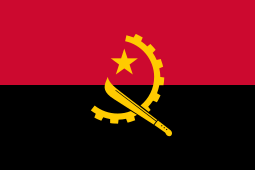





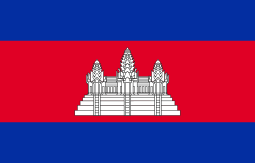
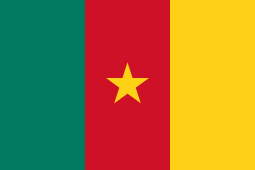

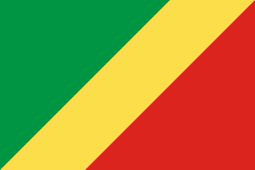
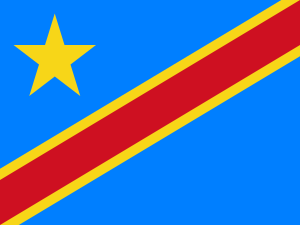


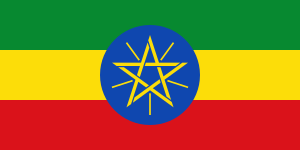
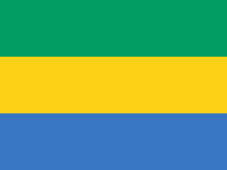

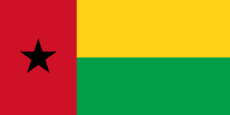

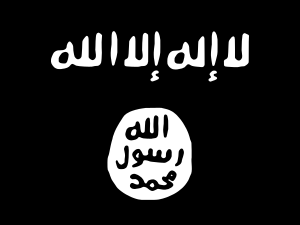

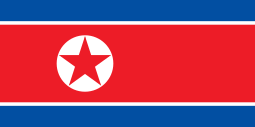
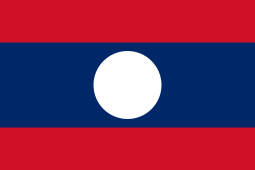

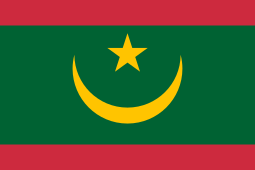
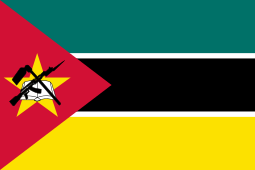
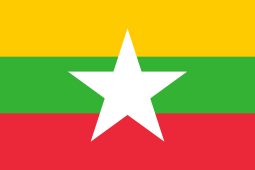


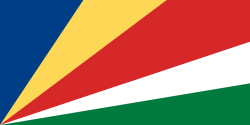
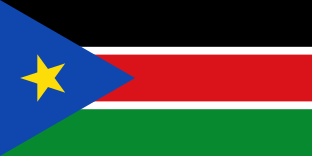

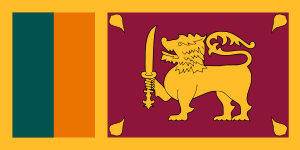

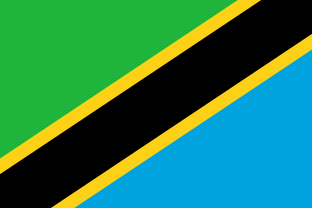





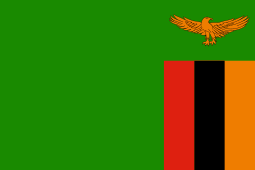
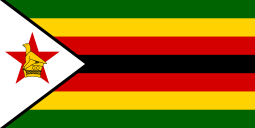
Notes
- "La 104ème brigade de la Garde républicaine syrienne, troupe d'élite et étendard du régime de Damas". France-Soir (in French). 20 March 2017.
- Chamberlain, Peter (1975). Anti-aircraft Guns. Gander, Terry. New York: Arco Pub. Co. p. 61. ISBN 0668038187. OCLC 2000222.
- Foss, Christopher (1977). Jane's Pocket Book of Towed Artillery. New York: Collier. p. 27. ISBN 0020806000. OCLC 911907988.
- Shunkov V. N. - The Weapons of the Red Army
- DiGiulian, Tony. "Russia / USSR 37 mm/67 (1.5") 70-K - NavWeaps". navweaps.com. Retrieved 2017-06-07.
- "Russian Ammunition Page". Archived from the original on 2009-10-23. Retrieved 2009-10-24.
- DiGiulian, Tony. "Russia / USSR 37 mm/67 (1.5") 70-K - NavWeaps". navweaps.com. Retrieved 2017-06-07.
- DiGiulian, Tony. "Germany 3.7 cm/83 SK C/30 - NavWeaps". navweaps.com. Retrieved 2017-06-07.
- DiGiulian, Tony. "France 37 mm/50 (1.46") Model 1925 and CAIL Model 1933 - NavWeaps". navweaps.com. Retrieved 2017-06-07.
- DiGiulian, Tony. "Italy 37 mm/54 (1.5") Models 1932, 1938 and 1939 - NavWeaps". navweaps.com. Retrieved 2017-06-07.
- "37mm M1A2 L/53.5". Tarrif.net. Archived from the original on 2011-01-27.
- DiGiulian, Tony. "Germany 3.7 cm/57 (1.5") Flak M43 - NavWeaps". navweaps.com. Retrieved 2017-06-07.
- DiGiulian, Tony. "United Kingdom / Britain 2-pdr QF Mark VIII - NavWeaps". navweaps.com. Retrieved 2017-06-07.
- DiGiulian, Tony. "USA Bofors 40 mm/60 Model 1936 - NavWeaps". navweaps.com. Retrieved 2017-06-07.
- The Military Balance 2016, p. 429.
- The Military Balance 2016, p. 320.
- The Military Balance 2016, p. 81.
- The Military Balance 2016, p. 236.
- The Military Balance 2016, p. 381.
- The Military Balance 2016, p. 433.
- The Military Balance 2016, p. 239.
- The Military Balance 2016, p. 434.
- The Military Balance 2016, p. 242.
- The Military Balance 2016, p. 438.
- The Military Balance 2016, p. 441.
- The Military Balance 2016, p. 393.
- The Military Balance 2016, p. 325.
- The Military Balance 2016, p. 445.
- The Military Balance 2016, p. 446.
- The Military Balance 2016, p. 449.
- The Military Balance 2016, p. 450.
- The Military Balance 2016, p. 328.
- The Military Balance 2016, p. 335.
- The Military Balance 2016, p. 265.
- The Military Balance 2016, p. 271.
- The Military Balance 2016, p. 454.
- The Military Balance 2016, p. 344.
- The Military Balance 2016, p. 458.
- The Military Balance 2016, p. 276.
- The Military Balance 2016, p. 277.
- The Military Balance 2016, p. 280.
- The Military Balance 2016, p. 465.
- The Military Balance 2016, p. 469.
- The Military Balance 2016, p. 471.
- The Military Balance 2016, p. 354.
- The Military Balance 2016, p. 473.
- The Military Balance 2016, p. 294.
- The Military Balance 2016, p. 474.
- The Military Balance 2016, p. 356.
- The Military Balance 2016, p. 475.
- The Military Balance 2016, p. 476.
- The Military Balance 2016, p. 478.
- Hussein, Solomon (1988). Towards a Common Defence and Security Policy in the Southern African Development Community. Pretoria: Africa Institute of South Africa. pp. 109–111. ISBN 978-0798301749.
- "Zimbabwe Defence Forces". defenceweb.co.za. 13 October 2014. Archived from the original on 15 November 2017. Retrieved 2015-06-28.
- 257 units were exported to Bulgaria in 1945-1948 - История на Зенитната артилерия и Зенитно-ракетните войски в Българската армия, София 1995, с. 102-103. (History of Anti-aircraft artillery and Anti-aircraft and Missile Forces of the Bulgarian Army, Sofia 1995, p. 102-103.)
References
| Wikimedia Commons has media related to 61-K 37 mm gun. |
- International Institute for Strategic Studies (February 2016). The Military Balance 2016. 116. Routlegde. ISBN 9781857438352.
- Janes, Ammunition Handbook 2003–2004
- Janes, Land Based Air Defense 2005–2006
- Shunkov V. N. – The Weapons of the Red Army, Mn. Harvest, 1999 (Шунков В. Н. – Оружие Красной Армии. — Мн.: Харвест, 1999.) ISBN 985-433-469-4
- Koll, Christian (2009). Soviet Cannon - A Comprehensive Study of Soviet Arms and Ammunition in Calibres 12.7mm to 57mm. Austria: Koll. p. 377. ISBN 978-3-200-01445-9.
